This Weeks Events/Meetings |
|
Gulfport Fresh Market Tuesday, August 10th 9 a.m. – 2 p.m. Join us weekly at our open-air fresh market for the region’s freshest produce, arts & crafts from local creators and a fresh array of locally sourced botanicals along the shops and restaurants of scenic Beach Boulevard. |
|
| Ballroom Dance Lessons Tuesday, August 10th 12 pm – 3 pm with Carol Baker Gulfport Casino Ballroom $10.00 admission Call 727-798-3660 |
|
| Argentine Tango Dance & Lesson Tuesday, August 10th 6:30 pm – 11 pm with Kathleen & Steve Prucher Gulfport Casino Ballroom $10.00 admission Call 727-742-3368 |
|
| Virtual Neighborhood Watch Meeting Wednesday’s at 1:30 p.m. Broadcasting “on Facebook” Wednesdays at 1:30 p.m. Check on updates for your area and learn about recent incidents related to vehicle, residential burglaries, BOLO’s and stolen vehicles. For more information, please contact Mr. Jim Wright Volunteer Coordinator at 727-893-1022 or jwright@mygulfport.us. |
|
| Board of Adjustment Meeting Wednesday, August 11th at 6 p.m. City Hall Contact: 727-893-1012 |
|
| Swing Dance & Lesson Wednesday, August 11th w/ Swing Time Gulfport Casino Ballroom Lesson 7 – 8 p.m. | Dancing 8 – 11 p.m. $10.00 admission |
|
| CANCELLED Latin Night at the Gulfport Casino Thursday, August 12th
6:30 – 11 p.m. w/ Carol Rivera Gulfport Casino Ballroom $10.00 admission Call 727-254-6563 |
|
16th Annual Gecko Crawl Saturday, August 14th, 4 – 9 p.m. Downtown Waterfront District The 16th annual Gecko Crawl will help again usher in “Gecko Season” in Gulfport with an opportunity to sample drinks at various locations, a poker run, and a festive after party in Gulfport’s colorful Waterfront District at Salty’s Gulfport at 9 p.m. |
|
Ask a City Councilor Event Third Tuesday Fresh Market Tuesday, August 17th, 11 a.m. – 1 p.m. Gulfport Welcome Center Gulfport City Council will be hosting an opportunity, every third Tuesday of the month, for residents to get to know their Councilmember, ask questions, and provide comment from 11:00 a.m. – 1:00 p.m. at the Gulfport Merchant Chamber of Commerce’s Welcome Center, 3101 Beach Boulevard South. |
|
| City Council Meeting Tuesday, August 17th at 6 p.m. City Hall Contact: 727-893-1012 |
|
| Mobile Food Pantry August 19th, 3 – 5 p.m. Gulfport Recreation Center FREE pre-packaged box of groceries while supplies last. |
|
Gulfport Historical Society Florida Summer Cinema Series Friday, August 20th at 8 p.m. Join Gulfport Historical Society for the August edition of our Florida Summer Cinema Series! This month’s movie tells the story of Jack Chester, a stressed-out air traffic controller who goes on vacation with his family. Things don’t exactly go as planned, and a final showdown between Jack and the owner of his dubious rental property takes place, of course, as a boat race! Much of the film was shot in St. Pete and several local landmarks make an appearance, including the old St. Petersburg Pier and the old Sunshine Skyway. This film is rated PG. Pack a picnic, bring chairs, and join us for the screening on the back lawn of the Gulfport History Museum. Doors open at 7:30, film begins at sunset. This event is free and open to the public. We offer a huge thanks to Ken Simmons, a wonderful supporter of Gulfport Historical Society, who is sponsoring our August film. |
|
Third Saturday IndieFaire Saturday, August 21st from 5 – 9 p.m. Downtown Waterfront District Welcome to Third Saturday IndieFaire! IndieFaire features high quality local art and contemporary crafts from across a wide range of mediums, as well as jewelry and locally sourced botanicals in an outdoor and socially distanced manner along scenic Beach Boulevard in downtown Gulfport. |
|
Hooked on a Bad Spirit “The Encore Show” Saturday, August 21st at 8 p.m. Catherine Hickman Theater, 5501 27th Ave. S. The jaw-dropping stage play that’s going to have you on the end of your seats. Locked up for over a decade, “Hook” is free and more sneakier than ever. On A mission that only a bad spirit can carry, he has to battle those that’s most closest to him to succeed, FAMILY! When Family is involved all hell is bound to break loose. Deep secrets, lust, greed and laughs galore is waiting as “Hooked on a Bad Spirit”, the new stage play is brought to YOU! Buckle your seatbelt cause this is a ride you don’t wanna miss! For tickets call Tron Montgomery at (754)367-1492. Cash App and Zelle is accepted. Cash App name $ThatGotdamnTron. Tickets can be delivered personally or picked up at Will-Call the night of the show. PLEASE BRING YOUR ID |
|
| The Gulfport Senior Center Presents The Saving Claire Falls Prevention Project “An Innovative and Effective Way to Reduce Falls” Tuesday, August 24th at 2 p.m. Senior Center (Dining room), 5501 27th Ave. S. |
|
| Fourth Thursday Mobile Food Program Thursday, August 26th, 4:30 – 6 p.m. Gulfport Lions Club 4630 Tifton Drive S. For more information on Feeding Tampa Bay |
|
Gecko Ball Saturday, August 28th, 6 – 11 p.m. Gulfport Casino Ballroom, 5500 Shore Blvd. S. The Gecko Ball is one of Gulfport’s most popular events, featuring music, dancing, a costume contest, silent and live auctions, the Gecko Queen coronation, and a cash bar. Guests are highly encouraged to dress in American Bandstand or Gecko themed costumes, or a combination of both! Gecko Ball tickets will be available starting July 4th. Tickets are $25 each and may be purchased in person at the Gulfport Beach Bazaar (3115 Beach Blvd. S.) or online at http://visitgulfportflorida.com/purchase-tickets/. Tickets for guaranteed seats at tables of 10 are available for $30 per seat, and must be purchased in one transaction at the Gulfport Beach Bazaar. |
|
First Friday Artwalk Friday, September 3rd from 5 – 9 p.m. Downtown Waterfront District Gulfport’s First Friday Art Walk occurs each month from 5pm – 9pm. The downtown area comes to life with artists, musicians and art appreciators. The Gulfport First Friday Art Walk is free to attend with free parking. Hosted by the Gulfport Merchants Chamber, all safety protocols are met and exceeded to ensure a safe and entertaining night for the entire family. Come join us with free live music up and down the street. Follow the flags for artist clusters, displaying paintings, jewelry, glass, mixed media sculpture and more. First Friday Art Walk is a juried event that welcomes emerging and professional artists in all media to engage our arts loving community in a safe, creative and socially distanced manner. Come join us each First Friday of the month and get inspired! For more information, please visit http://visitgulfportflorida.com/first-friday-art-walk/ |
|
First Friday Pop-up Dance Party Friday, September 3rd from 7 – 10 p.m. Gulfport Casino Ballroom, 5500 Shore Blvd. S. Head to the historic Gulfport Casino on the waterfront for live music and cold drinks. Every First Friday, $10 gets you into the First Friday Pop-Up Dance Party. Local musicians will get you moving, and the bar will open. After you’re done soaking in the art in downtown Gulfport, head to the Casino to soak in some live music. Dance the night away… at least, until 10 p.m. |
|
20th Annual GeckoFest Saturday, September 4th, 10 a.m. – 10 p.m. Downtown Gulfport Waterfront District Beach Blvd. S. Gulfport invites you to the 20th Annual GeckoFest, celebrating the end of summer with its largest festival of the year, honoring this waterfront village’s unofficial mascot and favorite reptile, the Gecko! This year’s theme is “American Band Stand”! The theme offers inspiration for a wide array of costumes from the 50′ through the 80’s, as well as music, dancing, food and drink. Festival-goers are always encouraged to arrive in costume. Parking and admission to GeckoFest is complimentary and the event is pet and family-friendly. For general information, please visit http://geckofest.com/ or call 727-322-5217. |
|
| The Atlantic basin hurricane season begins June 1. Getting prepared for any type of disaster is a simple matter and it starts with knowing what you will need to do. It’s the first step to keeping yourself and your family safe. If a disaster were to hit today, would you be ready? Could you, your family, and property survive? Are you prepared? What would you do? Where would you go? These are the basic questions everyone is faced with when a flood, hurricane, or any other disaster heads our way. |
|
| Receive alerts about emergencies and other important community news by signing up for Alert Pinellas. |
|
Making sure you and your loved ones will survive the storm is a year-round task that requires attention to your personal business, your family members, your home and your vehicles. It is not a task that can be done in just 24 hours, so start your planning now! |
|
COVID-19 Response & Recommendations Where to Get Help Contact 211 Tampa Bay Cares by texting your zip code to 898211 or dialing 211 (available 24 hours a day). Pinellas County has also established a dedicated COVID-19 webpage where citizens can find in-depth information on the virus, links to resources and regular updates. |
|
| Pinellas County Mobile Collection Events & Haz-to-Go Truck Mobile Collection Events and the Haz-to-Go Truck are convenient ways to safely dispose and recycle chemicals and electronics, such as old computers, TVs, paint, fluorescent bulbs, and fertilizer. These events and collection sites are FREE to Pinellas County residents. |
|
The Gulfport Public Works Department located at the 49th Street Neighborhood Center (1617 49th St. S.) is an official collection site for rechargeable batteries! Only batteries weighing 11 lbs. or less, and cellphones (with or without their batteries) are accepted. The Call2Recycle program does not accept wet cell batteries. |
|
Rechargeable Batteries Accepted: • Lithium Ion (Li-Ion) • Nickel Cadmium (Ni-Cd) • Nickel Metal Hydride (Ni-MH) • Nickel Zinc (Ni-Zn) • Small Sealed Lead Acid (SSLA/Pb) |
| Batteries NOT Accepted: • Single-use (Alkaline, Lithium etc.) • non-rechargeable batteries • Wet cell Ni-Cd • Wet cell lead acid vehicle batteries |
|
| For questions, please call the Public Works Department at 727-893-1089. |
|
| Gulfport Recreation Center VPK Program Pre-registrations are currently being accepted for the 2021-2022 VPK Program. VPK is FREE for children who live in Florida and who turn 4 years of age by September 1st. Parents must apply with the Early Learning Coalition of Pinellas, Inc. and receive a Certificate of Eligibility to attend the program. For more information, please call 893-1068. |
|
City of Gulfport Senior Center Telephone Reassurance Program: Keeping you Safe and Connected The City of Gulfport Senior Center’s Telephone Reassurance Program is a free service for Gulfport Residents 50 years of age or older. Volunteers provide daily phone calls to registered members and provide comfort, security, and peace of mind to members and families. Registration is simple and free. If you or someone you know could benefit from this service during this difficult time, please call (727) 893-2237 and register today. |
|
| Catch A Ride With GEMS GEMS door-to-door transportation has provided independence & freedom to elderly and disabled residents of Gulfport for over 40 years. Any Gulfport residents 55 & older or residents with a disability can take advantage of GEMS door to door service for a yearly membership of $70 plus $2 per ride. For more information, call 893-2242. |
|
| Gulfport Library is Open with Limited Service 5501 28th Ave. S. | 727-893-1074 |
|
| Gulfport on the Go! Get the City App The City App for iOS and Android mobile devices, allows residents to connect more conveniently with City government to report issues and request non-emergency services. |
|
| Latest Beach Water Quality Sampling Data: |
|
| Do you love Gulfport and wish you could be here all the time? Check out our live streaming cameras to see what you are missing. From beaches and volleyball to dining and special events; Gulfport has it all! After all we are one of the most fun and exciting cities on the Gulf coast! |
|
| The City of Gulfport is Proud To Be A Tree City USA Community |
|
|
|
|
|
|




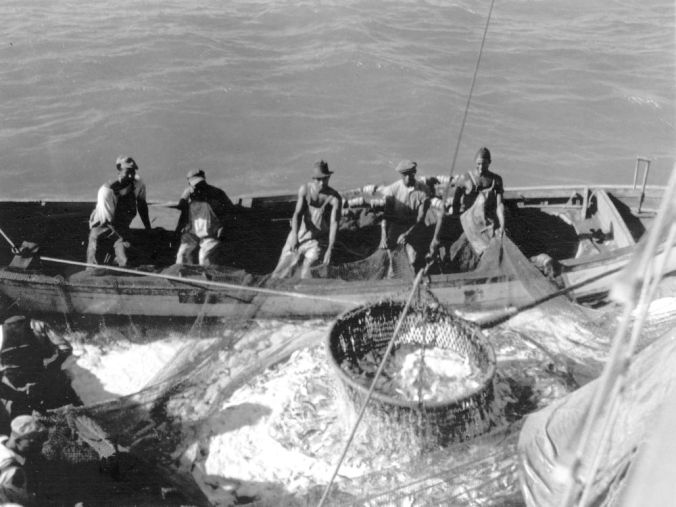
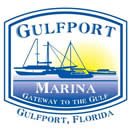











































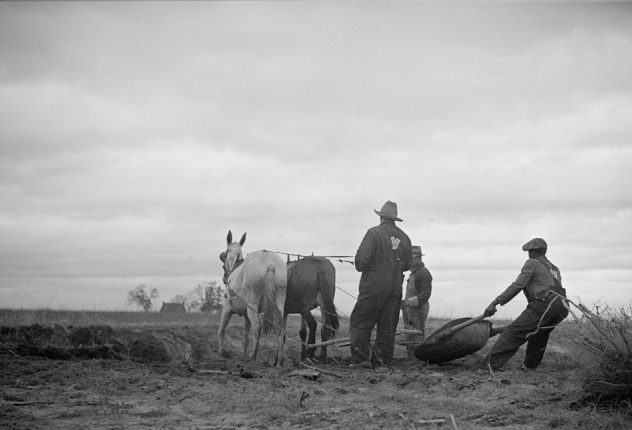
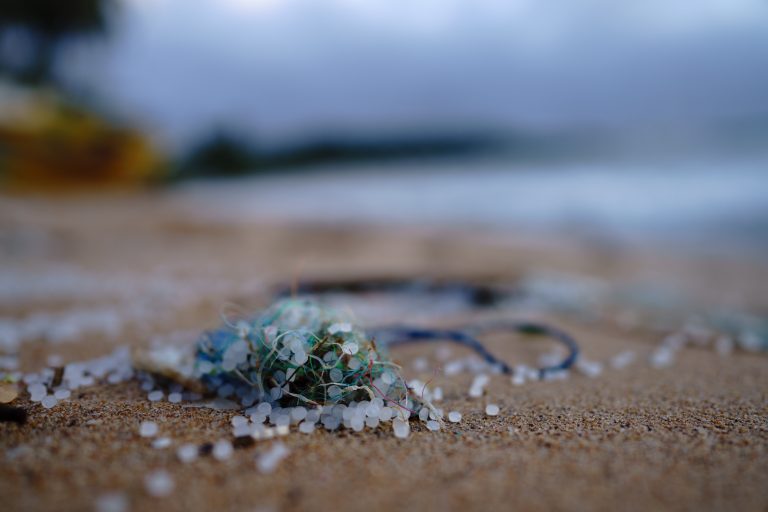







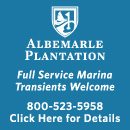


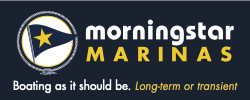


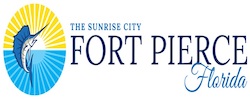
Be the first to comment!